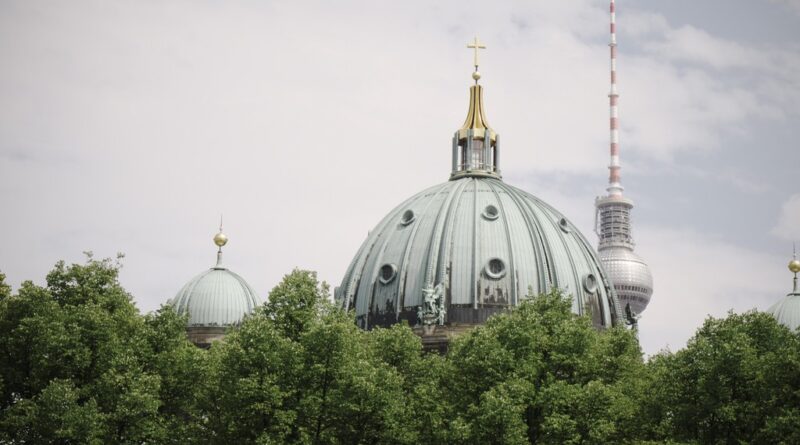Four ways to make your house of worship eco-friendly
Around the world, there are an estimated 37 million churches, 4 million mosques, 20,000 synagogues, and hundreds of millions of temples.
Experts say many of these houses of faith could become models of sustainability by practicing eco-friendly worship, embracing green buildings, and offering environmentally-friendly sermons.
To help in that process, the United Nations Environment Programme’s (UNEP) Faith for Earth Initiative has just published guidelines for congregations that want to go green. The standards are designed to support the work of religious leaders who are already preaching the value of environmentalism to followers.
“We agree with faith leaders around the world that change starts at home,” said Iyad Abumoghli, director of the Faith for Earth Initiative at UNEP. “Our spiritual homes and sacred spaces are our houses of worship. All religions and spiritual traditions commit to living in harmony with nature, thus it is imperative that we practice what we preach.”

With that in mind, here are four things congregations can do to help the environment.
1. Incorporate green technology into their place of worship
The building sector is responsible for 40 percent of energy consumption and nearly 30 percent of all energy-related greenhouse gases globally. Places of worship can be standard-bearers for green building by planting trees on their grounds. They can also embrace renewable energy, like solar power, install water-efficient faucets, and use recycled gray water for plants.
The Zhengjue Temple in Shandong Province, China uses solar panels to generate its entire need for energy and store excess.
2. Include the importance of sustainable living in regular sermons
Places of worship can convey the importance of sustainable living in regular sermons through prayers, meditations, or hymns, drawing inspiration from religious texts.
EcoMENA provides some tips for a Green Ramadan to Muslims, like reducing food waste, saving water while making ‘Wudu’, rejecting disposable cutlery, and cycling to the mosque. While Longshan Temple in Taipei reduces the use of incense and finds more eco-friendly alternatives.
Faith leaders can also organise congregations on special environmental days such as Earth Day, World Environment Day, and World Car Free Day.
3. Include environmental education in the curriculum of religious-affiliated schools
Since Faiths are involved in over half of the world’s schools as founders, coordinators, funders, and managers, they are perfectly placed to champion environmental sustainability in education by promoting religious values that enhance environmental conservation.
These can be done through storytelling, debates, games, dramas, or the core curriculum. Some schools, known as eco-schools, adopt an approach where the environment in its totality is placed at the center of teaching and learning, ensuring environmental concerns are part of the curriculum and day-to-day running of the school.
The St. Joseph’s Senior Secondary School, a Catholic mission school, is engaged in the Sandwatch Project by the United Nations Educational, Scientific and Cultural Organisation (UNESCO), which seeks to develop an awareness of the fragile nature of the marine and coastal environment and the need to use it wisely.
4. Ensure your house of worship purchases sustainably sourced goods
Houses of worship can demonstrate sustainable living by leading through example and purchasing goods that are locally or sustainably sourced, fair-trade, and eco-friendly, such as recycled paper, cleaning products, organically grown food. Faith leaders can also reduce the number of offerings at temples or ensure they are eco-friendly and not made of single-use plastics or other harmful materials.
The Mylapore Kapaleeshwarar Hindu Temple in India has transformed into a zero-plastic zone, with plastic bags banned not just inside the temple premises, but also in any of the surrounding shops. The items for offering, previously contained in polythene bags are now packed in reusable bamboo baskets.
Courtesy: unenvironment.org




